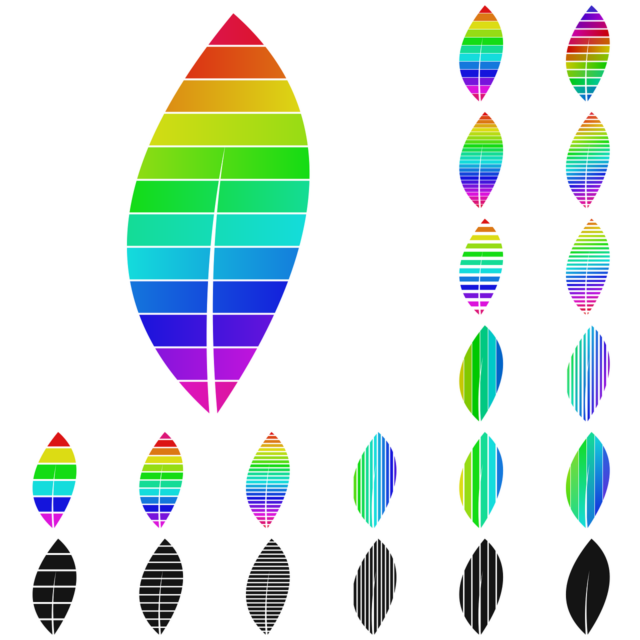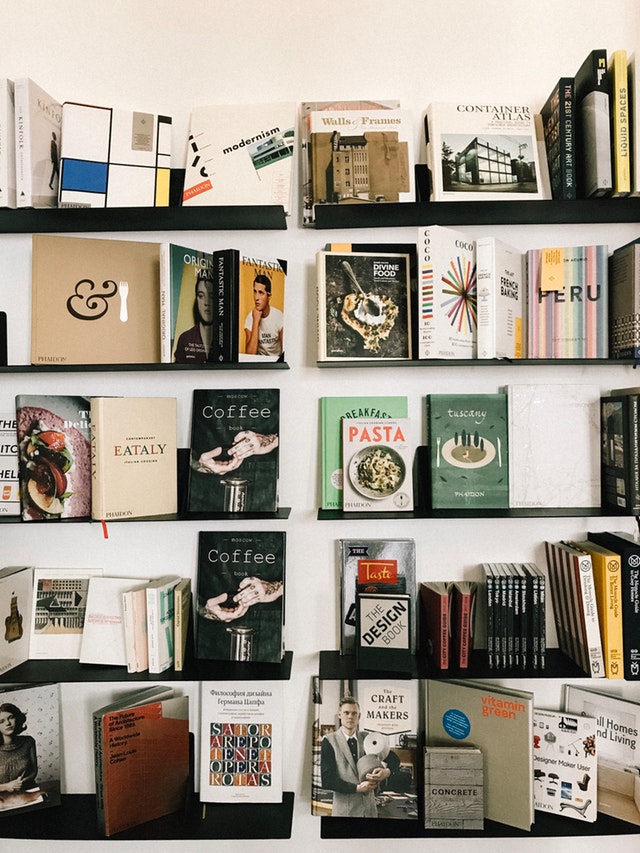Tinte ist eine der ältesten Substanzen der Welt – Schon im Jahr 3000 v. Chr. wurde in Ägypten, und 400 Jahre später in China, Tinte aus Ruß und Gummiwasser hergestellt. Das Bindemittel stammte aus dem natürlich gewonnen Rohstoff Baumharz. Erst 1000. v.Chr. ersetzte der Ferne Osten die Tinte durch Tusche. Diese besteht aus dem Ruß verbrannter Nadelholzkohle, Lampenöl und einem mit Gelatine vermischten Leim. Je nach Zugabe von Wasser, wird die gewünschte Deckgraft erreicht. Das Verfahren wir noch heute in der Kalligrafie angewendet. Der aktuelle Marktführer in der „Druckerbranche“ ist China. Trotz der Distanz und den daraus entstehenden Transportkosten,…
Schlagwort: Druck
Are printed books a thing of the past?
How do you like to read your favorite book? Making yourself comfortable at night, your tablet providing the only light needed with an e-book on display or paging through a physical copy, feeling the unique texture of the binding material? This month’s articles on our blog will be all about the different ways people read books nowadays and how the publishing industry is changing in accordance, starting with the traditional ones, the printed publications.
It’s no secret that people across the globe are slowly starting to prefer e-books over hardcovers and paperbacks. While this trend is progressing slowly in Germany (with e-books covering about 6% of the German book market’s sales of 2019, as shown by different studies), it’s skyrocketing almost anywhere else. So, what changed? And how can customers be convinced to prefer a printed copy?

